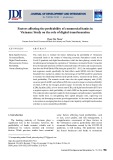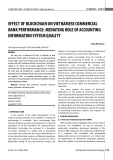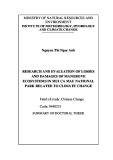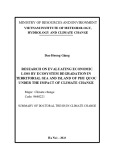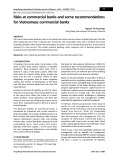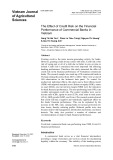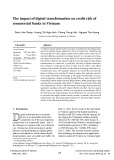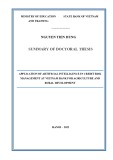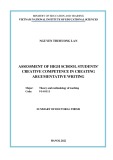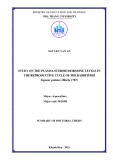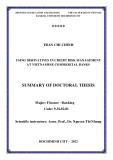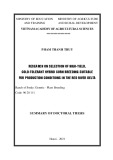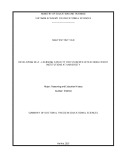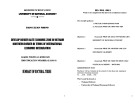
1
ABSTRACT
Credit rating agencies such as Fitch, Standard & Poor’s and Moody’s do not mention the difference in
impact of affecting factors on credit ratings of commercial banks between developed markets and emerging
markets. However, some researchers have pointed out there is difference in affecting of finacial ratios to credit
rating of commercial banks between developed markets and emerging markets.
Thesis’s objective is to investigate the difference in impacting of systematical factors such as national
risk, banking system risk in country where the banks locate and specific factors of banks as ownership structure,
bank size and finacial ratios on bank credit ratings between developed markets and emerging markets.
First, we use One way anova analysis and choosing indepent variables for ordered logit model method to
indentify factor affecting to bank credit ratings in developed markets and emerging markets.
The results of the thesis indicate that systematical factors have a stronger impact on bank’s credit ratings
in emerging markets than developed markets. Meanwhile, financial ratios have less impact on bank’s credit
ratings in emerging than developed markets. Moreover, the thesis shows the existence of the difference in
affecting of ownership structure to bank’s credit rating between developed markets and emerging markets.
Basing on the empirical results, we have some policy implications for central banks of emerging markets
to raise the bank’s credit ratings in their countries. We also imply some methods for commercial banks in
emerging markets to enchance their credit ratings.






